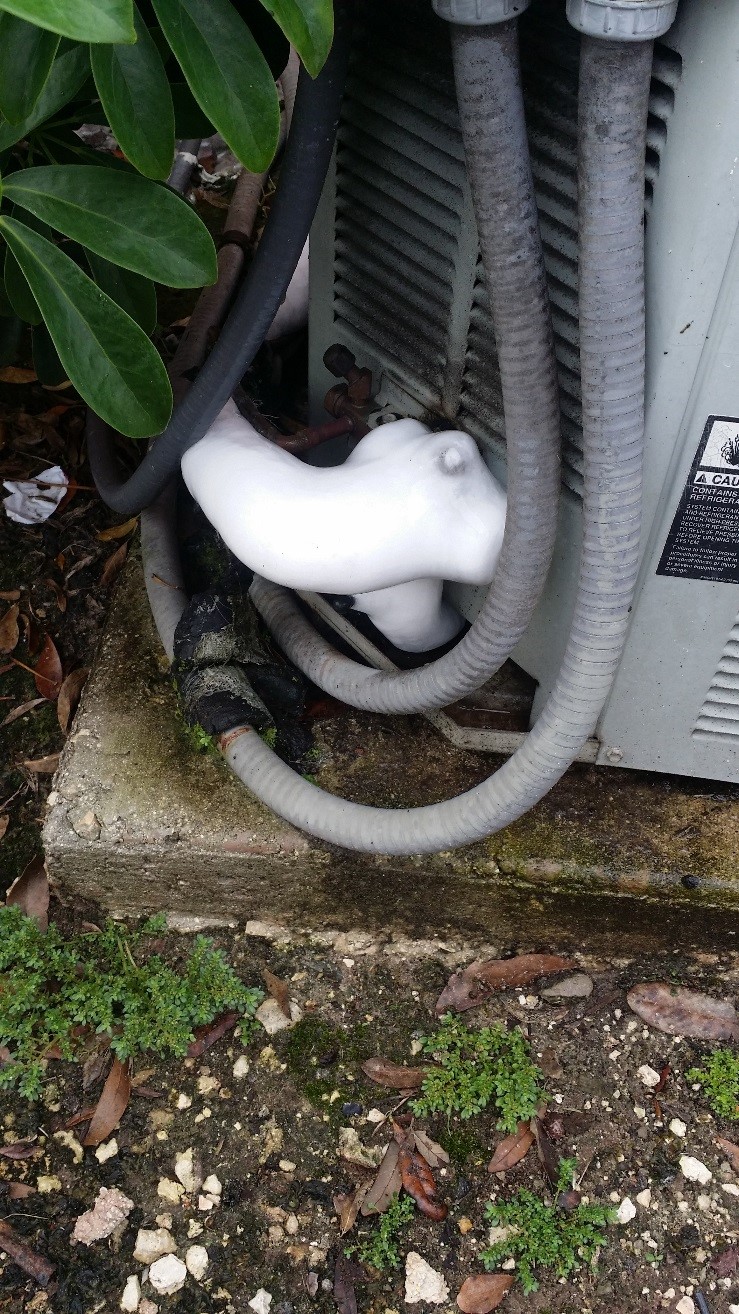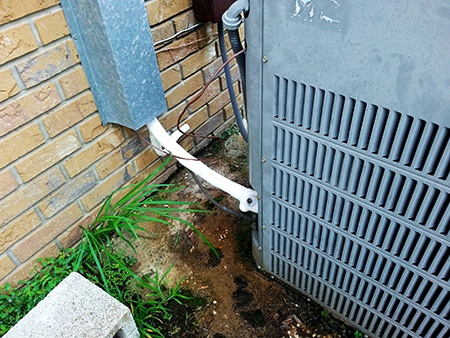Actions to Follow When Your AC Pipe Freezes: Comprehensive Manual
Actions to Follow When Your AC Pipe Freezes: Comprehensive Manual
Blog Article
Presented here below you will find additional brilliant additional info in regards to What Do I Do If My AC Pipe Is Frozen.

Introduction
Discovering that your AC pipe is frozen can be concerning, especially throughout warm summer season when you count on your a/c unit one of the most. Comprehending what to do in such a situation is vital to avoid further damages to your cooling system and ensure your convenience indoors.
Comprehending the Causes
Numerous factors can add to the freezing of an AC pipe. Recognizing these reasons can aid you address the issue efficiently.
Lack of Airflow
One common cause of an icy air conditioner pipeline is inadequate air flow. When the air flow over the evaporator coil is restricted, it can create the coil to go down below freezing temperature, leading to ice development on the pipe.
Low Refrigerant Levels
Not enough refrigerant degrees in your a/c system can also cause a frozen pipeline. Low cooling agent levels can create the pressure in the system to go down, leading to the cold of moisture on the evaporator coil.
Cold Weather Conditions
In cooler climates, freezing temperature levels outside can add to the cold of air conditioning pipelines. If your a/c system is not appropriately shielded or if there are leakages in the ductwork, chilly air can penetrate the system, triggering the pipe to freeze.
Dirty Air Filters
Dirty or clogged air filters can limit air movement in your a/c system, causing various issues, including an icy pipeline. It's essential to change or clean your air filterings system frequently to make sure proper air movement and protect against ice build-up.
Signs of a Frozen AC Pipe
Identifying the indicators of a frozen air conditioning pipeline is essential for prompt action.
Reduced Airflow
If you see a considerable decline in air movement from your vents, it can show an icy pipeline.
Ice Buildup on the Pipe
Visible ice accumulation on the refrigerant line or the evaporator coil is a clear indication of an icy air conditioner pipeline.
Odd Sounds from the Unit
Unusual sounds, such as hissing or gurgling, originating from your air conditioning unit can signify that there's ice existing on the pipe.
Immediate Actions to Take
When confronted with a frozen AC pipeline, it's important to act quickly to stop additional damages to your cooling system.
Switching off the a/c
The first step is to shut off your a/c to prevent the system from running and aggravating the issue.
Looking for Blockages
Check the area around the indoor device for any obstructions that may be obstructing air flow, such as furniture or drapes.
Thawing the Pipe
You can make use of mild methods like positioning towels soaked in cozy water around the frozen pipe to aid thaw it slowly.
Preventive Measures
Taking safety nets can aid avoid future occurrences of a frozen AC pipe.
When DIY Methods Fail
If your attempts to thaw the pipe or address various other problems are not successful, it's time to call in a specialist.
Significance of Hiring a Professional HVAC Technician
A licensed HVAC technician has the expertise and tools necessary to identify and fix problems with your AC system safely and successfully.
Normal Maintenance Checks
Set up regular maintenance talk to an expert HVAC service technician to make sure that your air conditioner system is running successfully.
Transforming Air Filters
On a regular basis change or clean your air filters to prevent airflow constraints and preserve ideal performance.
Shielding Exposed Pipes
If your a/c pipes are revealed to chilly temperatures, take into consideration protecting them to prevent cold during cold weather.
Seeking Professional Help
If DIY methods stop working to fix the problem or if you're not sure regarding exactly how to proceed, it's finest to seek support from a qualified HVAC specialist.
Verdict
Dealing with an icy AC pipe can be a frustrating experience, however recognizing how to respond can aid minimize damage and bring back convenience to your home. By understanding the causes, identifying the signs, and taking timely activity, you can successfully address the problem and protect against future events.
What to Do If Your AC Line Is Frozen
Make Sure All Supply and Return Air Vents Are Open
If you notice problems with airflow, the first thing you should do is check your supply and return vents. Supply vents distribute clean, conditioned air throughout your home. As this air becomes stale, it’s pulled into the return vent, where it’s reconditioned before being sent back out through the supply vent.
When these vents are closed, air won’t flow in the home. Before examining your AC, check the vents in every room and ensure they’re all open.
Check for a Dirty Air Filter
Another possible cause of limited airflow is a dirty air filter. Your air conditioner’s filters catch elements you don’t want to breathe in, such as dirt and dust. Over time, filters can become clogged, ultimately blocking air from flowing in and out. The lack of airflow can then cause the entire coil to freeze and will completely restrict any air from moving through it. The AC may need to be powered off for one to two days to allow the coil to thaw after replacing the filter to allow proper functioning of the unit. This debris can also accumulate on your AC’s evaporator coil, requiring a more serious repair. In general, air filters should be cleaned regularly (about every two weeks).
Assess Your Outdoor Unit
In addition to checking your AC, assessing the outdoor unit is a good idea. Also known as the condensing unit, it works with your interior unit to release heat outside. An issue with the outdoor unit can result in rising internal temperatures.
Overgrown Shrubs or Clogged Leaves
From leaves and twigs to shrubs and debris, there’s no shortage of outdoor elements that can accumulate around your condensing unit. When these elements get lodged inside the unit, they can block airflow. Fortunately, removing the blockage can solve the problem.
Sounds of a Broken Fan
Shrubs and leaves aren’t the only things that can impede your outdoor unit’s airflow. If the fan is broken, the unit won’t be able to properly get rid of heat — which means the internal temperature won’t go down. First, make sure the fan is spinning. If it is, check for the following sounds of a broken fan:
Buzzing Rattling Screeching Hissing Clicking Preventative Measures
Nobody wants to deal with a frozen AC line. In addition to causing problems with your air conditioner, they require professional repairs. On the bright side, there are preventative measures you can take to help ensure this issue doesn’t arise in the first place.
https://www.coopergreenteam.com/blog/what-to-do-if-ac-line-frozen

We were shown that editorial about Air Conditioner Frozen? How To Fix your Frozen AC Line from someone on a different blog. Be sure to take the time to distribute this blog entry if you enjoyed it. Thanks so much for going through it.
Click Here Report this page